 | | Internet of Things is rapidly growing and its growth rate has been improving in the last decade. With the introduction of more IoT devices, there has been increasing concerns regarding security and privacy issues included with the usage of these devices. One of the main appeals of IoT is the fact that many devices are connected together which can lead to interoperability of these devices. However, interoperability is a double-edged sword as sharing information between devices can result in more exposure.
|
 | | Physical risks are inherently defined by the physical environment. Cyber security risks are similarly defined by the combined physical and electronic environment. However, unlike the increased risk from speed in the rain on the highway at night, the dimensions of both the combined environment and the nature of the underlying risks are not so obvious. Physical risks are often transparent, and inherently aligned with human information processing capacity: contextual, often visual, and at a pace that fits well within a human narrative. In contrast, cyber risks are ill-suited for human risk perception: either they are literally invisible or identified in a decontextualized manner. There is a critical need in computer security to communicate risks and thereby enable informed decisions by average, non-expert computer users.
|
 | | IoT devices are highly susceptible to cyber attacks and compare to software, they are usually an easier target for vulnerability hunting and eventually pwning. A proper defense against this, is to setup a fine grained firewall where it only allows each IoT device, to communicate with some predefined destinations. For instance, a smart bulb would not need to communicate with a smart toaster, or a smart crock-pot should not communicate with a www.i-am-safe.com.
|
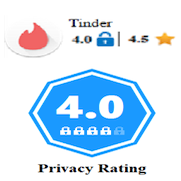 | | The services offered by mobile apps are useful but these apps can also be privacy invasive, meaning that they compile and share more information than is needed for the task the app performs. For example, researchers at University of California Berkeley analyzed 940 apps and found that one third of them requested permissions for resources that were far beyond what was required for the functionality of the app. Such over-permissioning creates risk to both user security and privacy. These risks exist even in apps for the most vulnerable users, such as those that are designed for children. Currently, Android and iOS privacy ecosystems are grounded in permissions which control access to sensitive resources. These systems explicitly ask users for authorization to allow apps to access sensitive information. Therefore, in is important that permission requests effectively communicate privacy risk to the user so that they can make informed decisions.
|
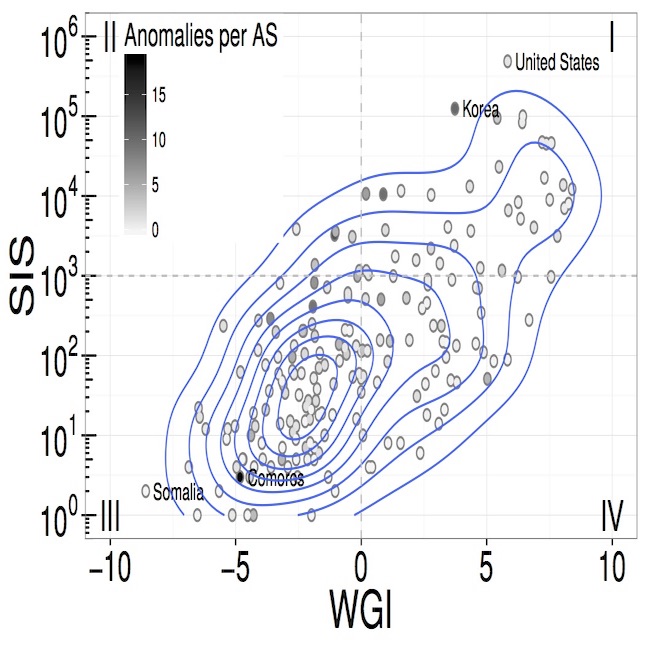 | | Since a core problem with BGP resiliency is the concept of trust, then trust and risk must be a core of the solution. Understanding routing updates as a function of trust and risk enables approaching such updates as partially trusted. Cryptographic solutions attempt to provide perfectly trustworthy sources and paths. Yet Certificate Authority subversion in the TLS realm have shown that today’s certificates are not themselves trustworthy; nor does this proposed solution address misconfiguration or malicious configurations. We propose analysis of BGP from a different perspective, one that recognizes routing as a geographical, economic, political and technical challenges. The result is recognizing routes and updates as partially trusted.
|
 | | The insider threat is fundamentally a problem of human decision-making. Insiders are employees that must be trusted with access to sensitive information, and because of that trust can be a major threat. Insiders attacks are consistently catalogued as the most costly given the elevated privilege that insiders have in terms of trust and access. This makes the insider issue one of the most challenging problems in computer security.
|
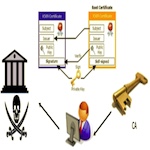 | | Public key certificates are technologies of trust. Many aspects of the current X.509 trust system are broken, illustrated not only by the academic computer security literature, but by recent news stories. Alternative trust models (e.g., Perspectives, DANE, pinning) and modifications to the current infrastructure are built upon threat models that address neither human trust behaviors nor emerging trust domains. Specifically, these alternatives are being proposed in the context of a future network that is integrated with an Internet of Things but are not designed for that environment. Such things and the attributes certified should be aligned with reasonable expectations what the person living with the technology.
|
 | | Ubiquitous computing (also known as ubicomp)
will be a transformative technology, particularly in the home. Demographic trends, the economics of long term care, new medical technologies, and social norms may collide to result in widespread unexamined adoption of home-based ubicomp and aging. The current model of aging in place cannot be sustained with the retirement and caregiving needs of the Boomer generation. For aging in place, the current model is a single caregiver with complete responsibility for helping the older adult. Aging in Place can lead to social isolation and safety/security risks for increasingly frail elders. New monitoring technologies risk further increasing isolation, as personal caregivers may be less likely to participate in human contact, or offer connectivity based on the design of the system. Without a deeper understanding of privacy, a compelling concern in ubicomp, this transformational change will be framed as a Hobson’s choice: the right to privacy or home-based ubicomp
|
 | | Concerns regarding the environment and the impact humans constantly have on it have been growing concerns for decades, but there is still a substantial lack of environmental literacy and action among most of the population in what they can do to reduce the damage they may be indirectly causing. The environmental impact of technology usage continues to garner attention as fears of built in obsolescence and high turnover of devices contribute to larger negative impacts. Our research aims at increasing environmental literacy and awareness along with giving users actionable steps and interactions to empower them with greater control of their individual carbon outputs and carbon footprints.
|
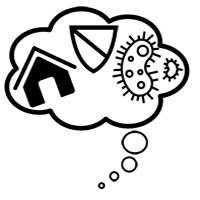 | | Accurate communication of risk is not only an issue of high accuracy of underlying data but also in correctly designed simple communication. Past work on risk communication and usable privacy have focused primary on two cases: privacy risk via permissions in Android and security risks in browsing. Accurate feedback requires communication of risk, learning from the feedback, and aligning with user mental models.
|
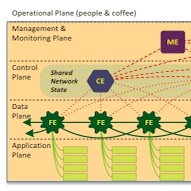 | | What are the challenges, threats, implications and potential for SDN in terms of creating a resilient network? To answer this question, we have created clear threat models grounded in documented and realistic use cases; extracted resulting enumerated authentication requirements; implemented one case of the necessary next-generation network modeling to evaluate authentication interactions, such that the models address all layers from physical to human; and finally the demonstrated practical forward movement to meeting these challenges as an open source network component named Bongo.
|










